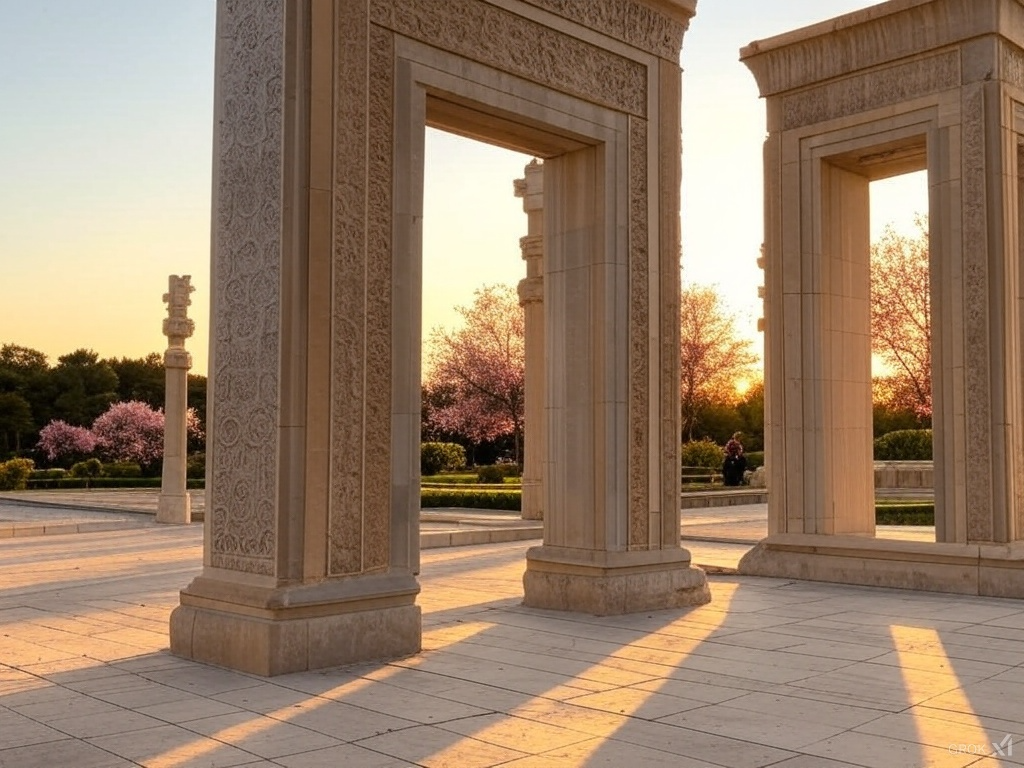The architectural achievements of ancient Persia stand as remarkable testaments to the empire’s grandeur, innovation, and cultural depth. Spanning several dynasties, Persian architecture was characterized by monumental palaces, intricate reliefs, and sophisticated urban planning that reflected both artistic refinement and religious significance.
One of the most iconic examples of Persian architecture is Persepolis, the ceremonial capital of the Achaemenid Empire. Built under Darius I and expanded by his successors, Persepolis featured vast columned halls, grand staircases, and elaborate carvings that depicted the empire’s diverse subjects. The use of stone, precise engineering, and decorative motifs showcased the Persian mastery of construction.
Another hallmark of Persian architecture was the incorporation of gardens and water features, seen in the design of royal palaces and city layouts. This emphasis on harmony with nature was deeply rooted in Persian culture and influenced later Islamic garden designs.
Religious structures, such as fire temples in Zoroastrianism, also played a crucial role in Persian architecture. These temples, often built on elevated platforms, housed sacred flames and served as centers of spiritual devotion. The symbolism of fire and the careful orientation of temple layouts underscored the deep connection between architecture and religious beliefs.
The influence of ancient Persian architecture extended beyond its empire, shaping Islamic, Indian, and Central Asian architectural styles. Elements such as domes, iwans, and intricate tilework, which became staples of later Islamic architecture, can trace their origins to Persian innovations.
The legacy of Persian architecture remains a source of inspiration today, reflecting the empire’s sophisticated engineering, artistic achievements, and enduring cultural impact.







